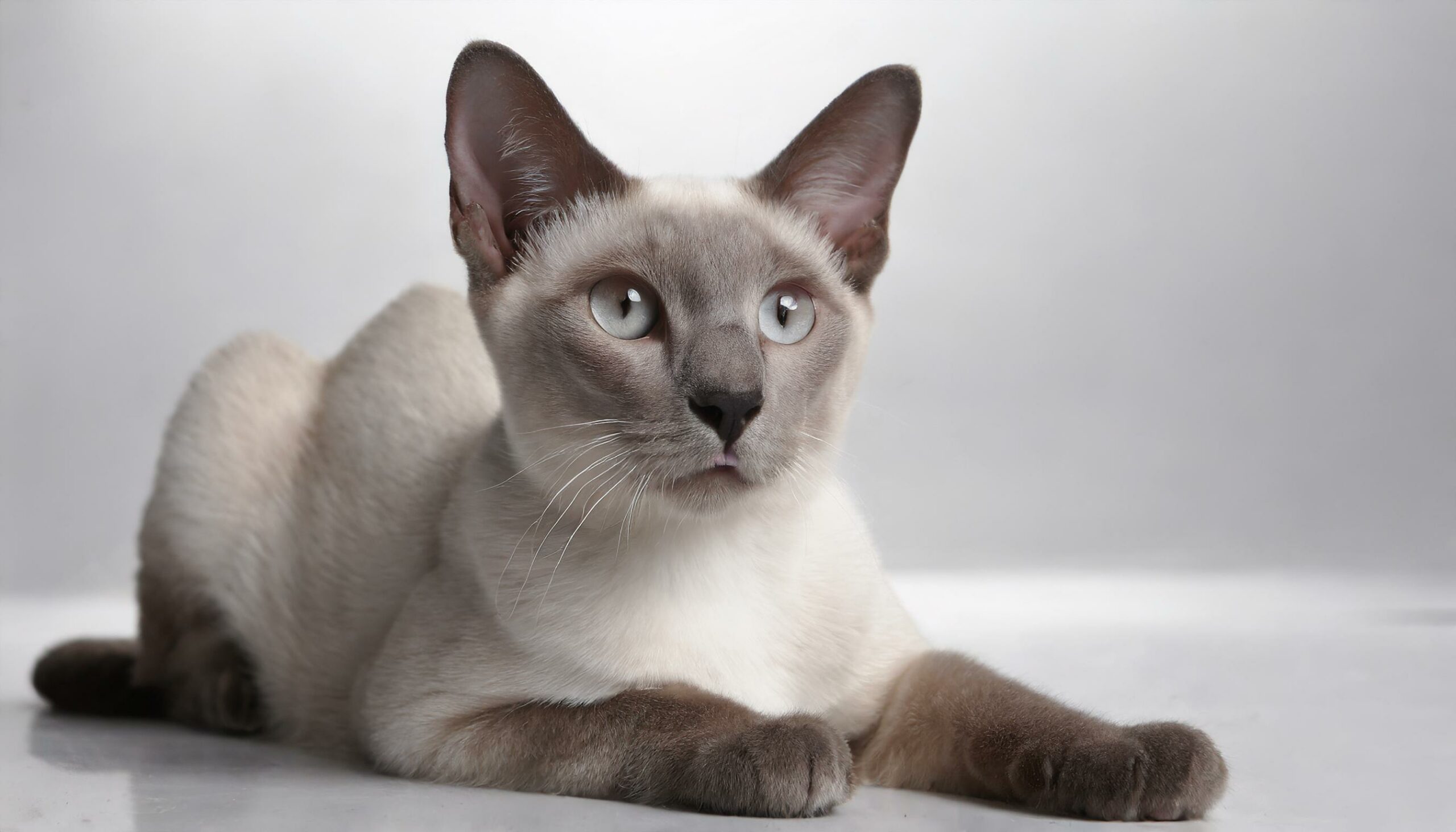The Thai cat, celebrated for its striking appearance and rich heritage, carries the legacy of the traditional Siamese cat, one of the oldest and most revered cat breeds in the world. With their pointed coloration, including the delicate and exquisite lilac point, Thai cats boast an elegance and grace that capture the admiration of cat enthusiasts worldwide. This profile explores the Thai cat’s origins, physical characteristics, temperament, care needs, and its role as a devoted and charismatic member of the family.
Origins and History
The Thai cat, or traditional Siamese, traces its ancestry back to ancient Siam (now Thailand), where it was cherished by royalty and monks for its beauty and companionship. Thai cats were first introduced to the Western world in the late 19th century, where they quickly gained popularity. The breed’s distinctive pointed coloration is a result of a genetic mutation that restricts color to the cooler parts of the body: the ears, face, paws, and tail. The lilac point variation, characterized by its soft, pinkish-grey points, is one of the breed’s most sought-after colorations, celebrated for its gentle and ethereal appearance.
Physical Characteristics
Thai cats are medium-sized, muscular, and agile, with a sleek and elegant physique. They possess striking blue almond-shaped eyes, large ears, and a wedge-shaped head that contributes to their distinctive and regal appearance. The coat is short, fine, and lies close to the body, highlighting their svelte silhouette. The lilac point Thai cat features a magnificent contrast between its creamy white body and the subtle, cool-toned lilac coloration of its points.
Temperament and Behavior
Thai cats are known for their outgoing, affectionate, and sociable nature. They form strong bonds with their families, often displaying a dog-like loyalty and fondness for following their owners around. Thai cats are vocal and communicative, known for their distinctive meow, which they use to express their desires and emotions. They are intelligent and playful, enjoying interactive toys and games that challenge their mental and physical agility. Despite their active nature, Thai cats also cherish moments of affection and will seek out laps and cozy spots for cuddles.
Care and Health
The Thai cat’s short coat requires minimal grooming, making them relatively low-maintenance in terms of coat care. They thrive on human interaction and require regular mental stimulation and physical exercise to keep them happy and healthy. Thai cats are generally robust and healthy, but, like all breeds, they can be predisposed to certain genetic conditions, including respiratory and dental issues. Regular veterinary check-ups, a balanced diet, and preventive care are essential for their well-being.
The Thai Cat in the Family
The Thai cat, with its elegant appearance, engaging personality, and affectionate nature, makes an excellent companion for a wide range of households. Their adaptability and sociable disposition make them suitable for families with children, singles, and seniors alike. The breed’s playful yet gentle demeanor ensures they integrate well with other pets, making them a cherished addition to any home. For those seeking a cat with a regal heritage, captivating beauty, and a loving temperament, the Thai cat offers an enriching and affectionate companionship.
In conclusion, the Thai cat, particularly in its exquisite lilac point variation, stands as a breed of remarkable beauty, intelligence, and affection. With its ancient origins and status as a cherished family companion, the Thai cat continues to enchant cat lovers around the globe. For those willing to provide the necessary care, love, and companionship this breed requires, the Thai cat offers a rewarding and fulfilling relationship, serving as a devoted friend and integral part of the family.
